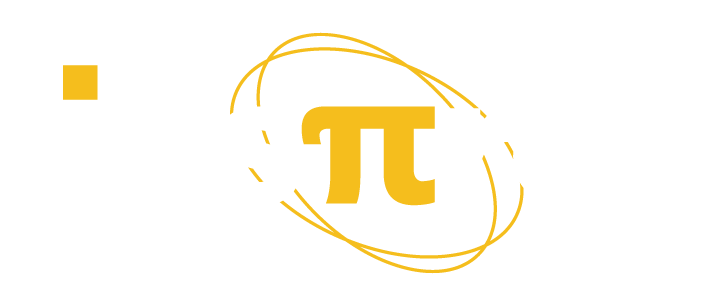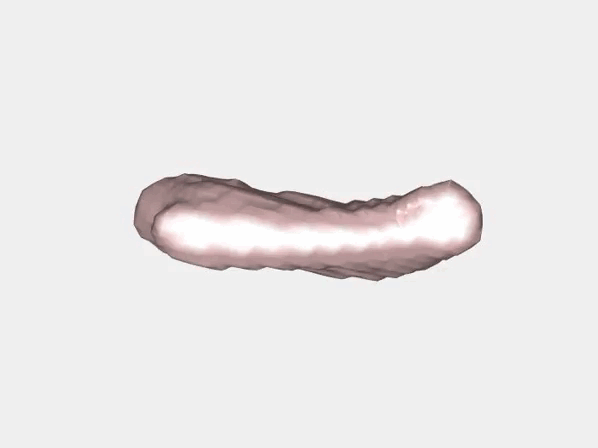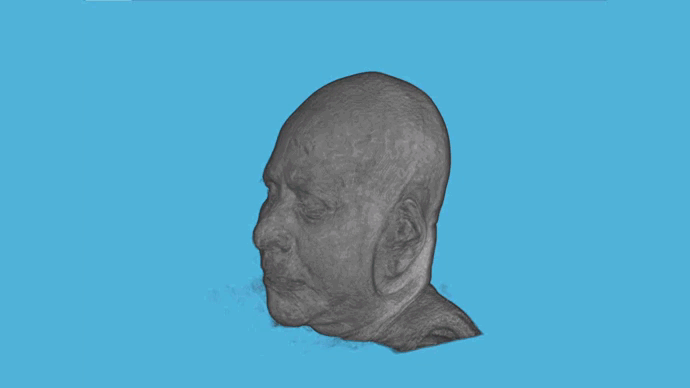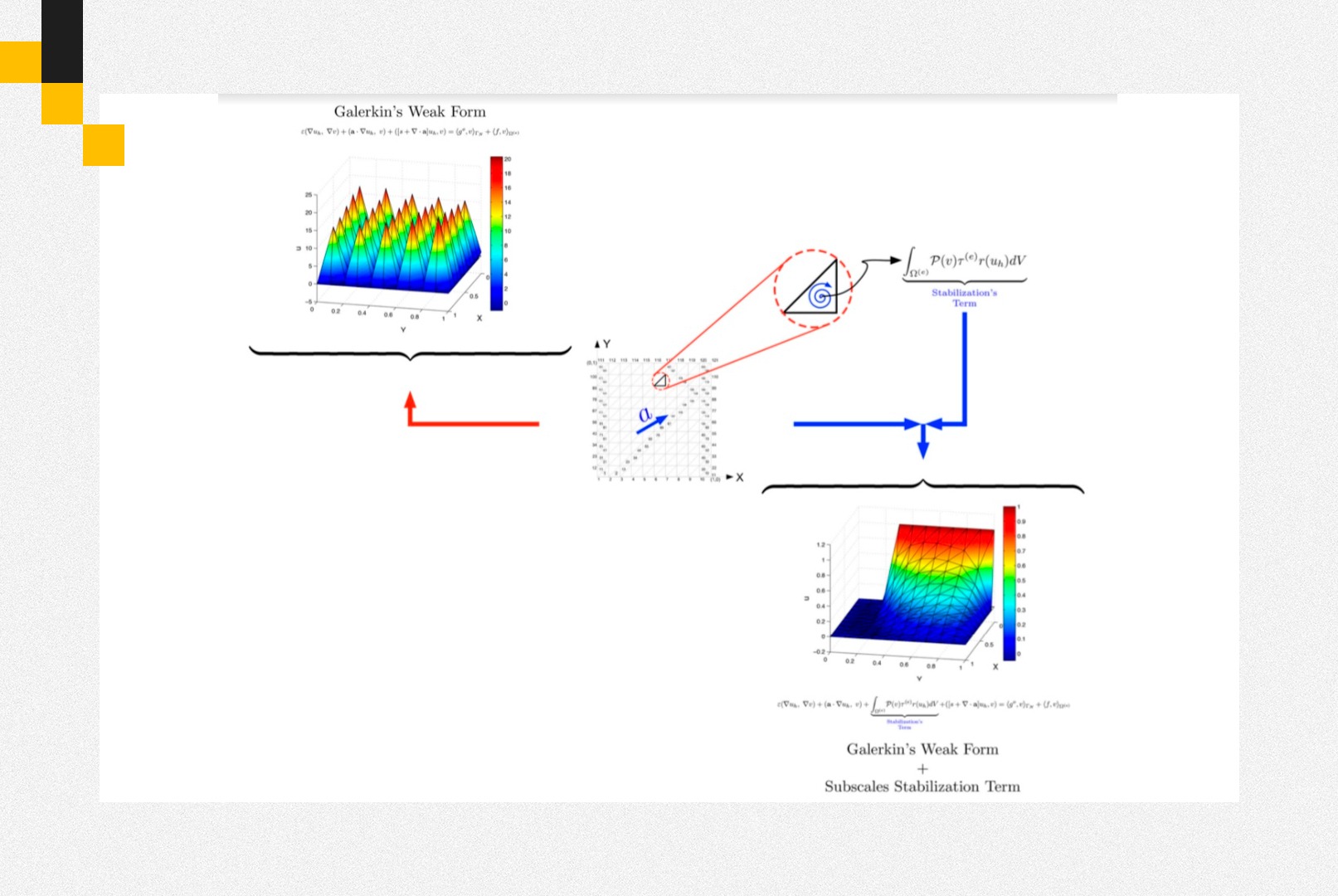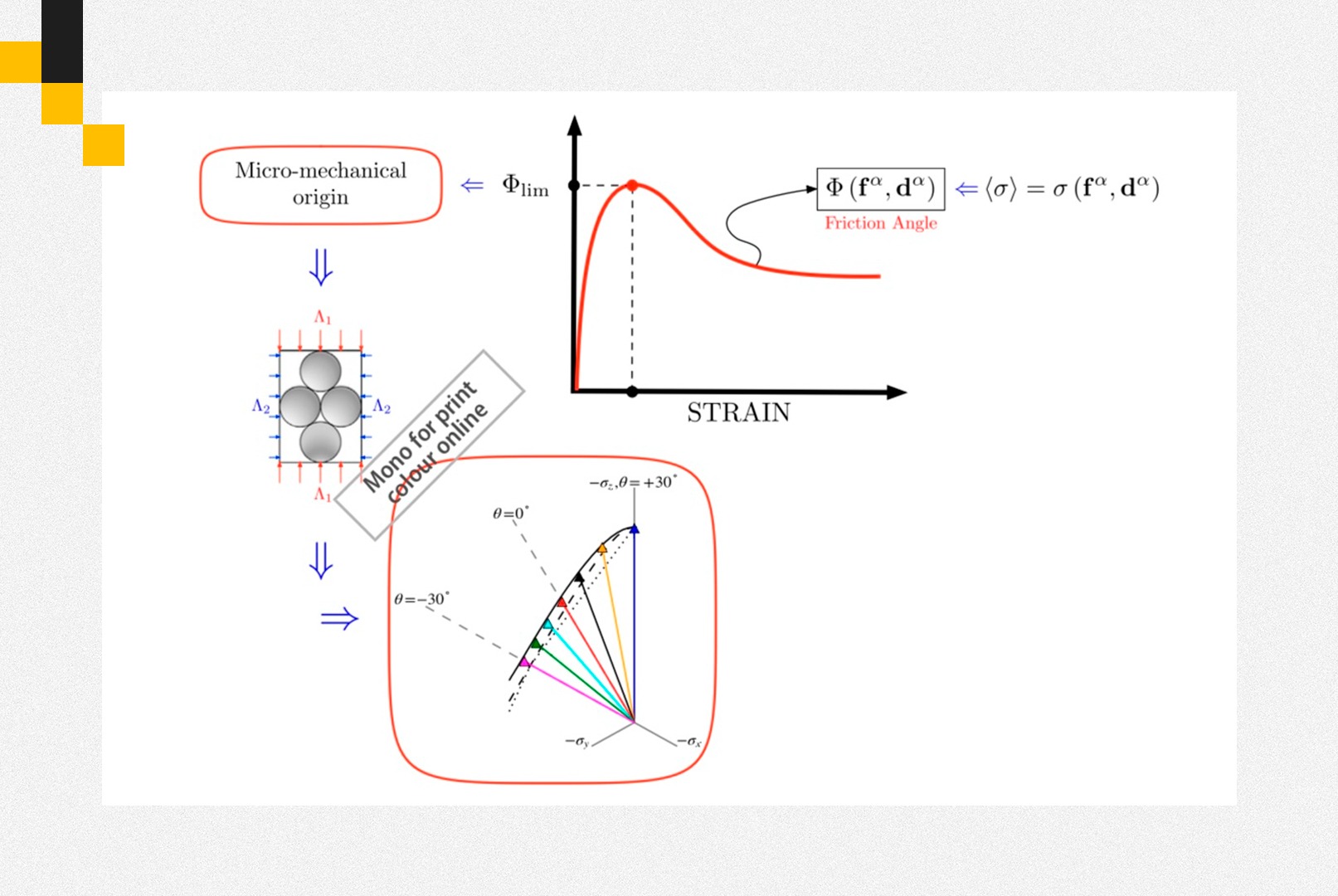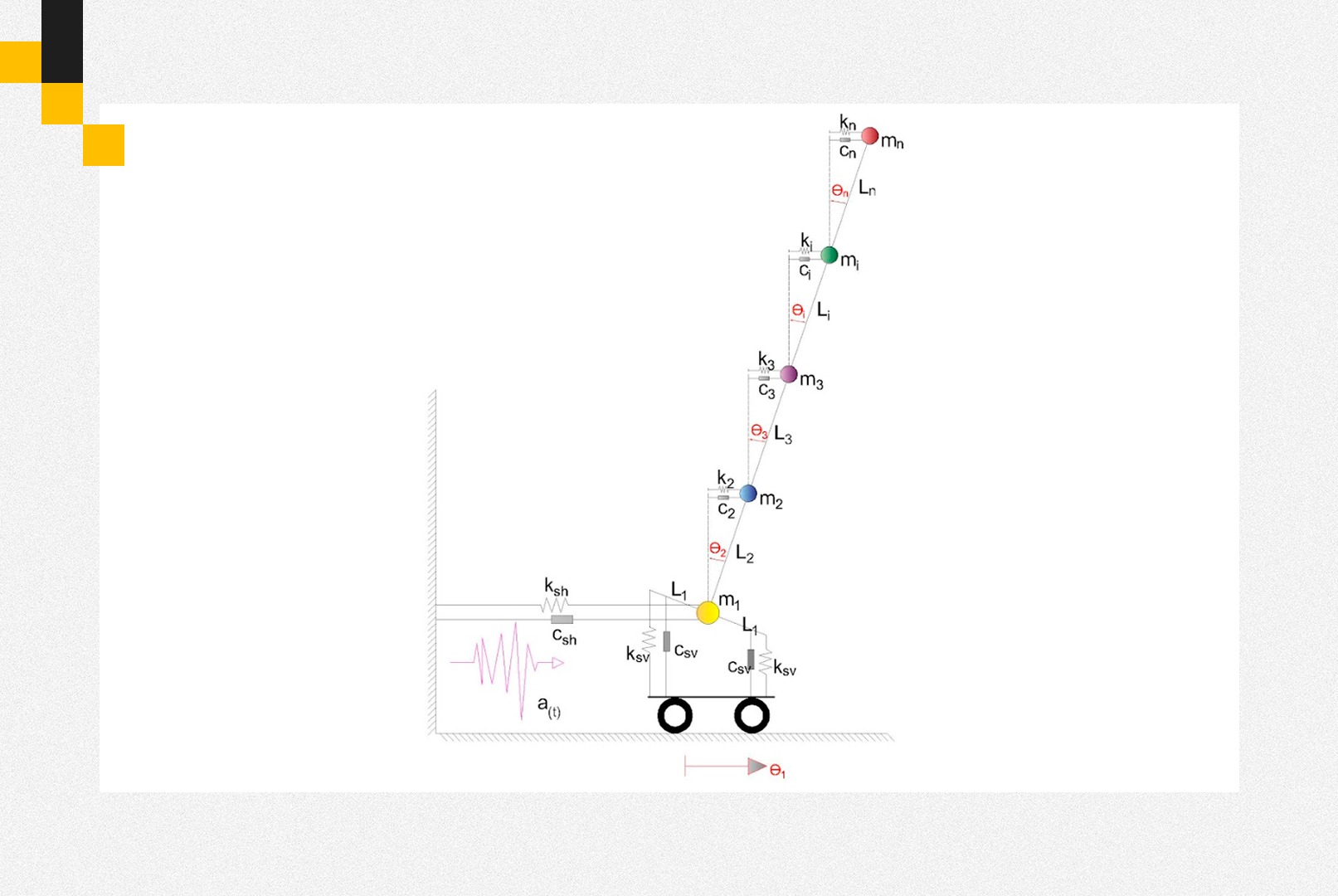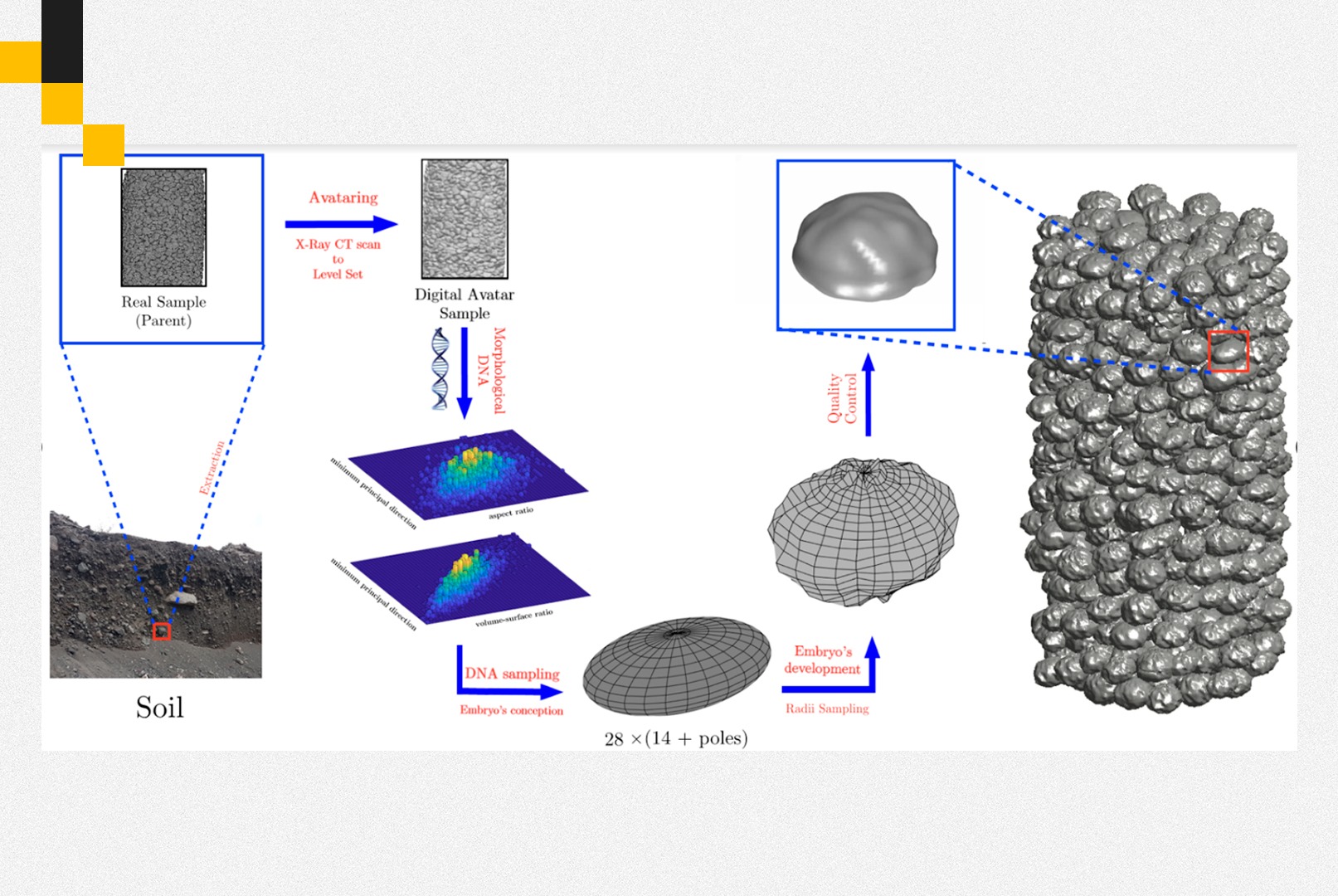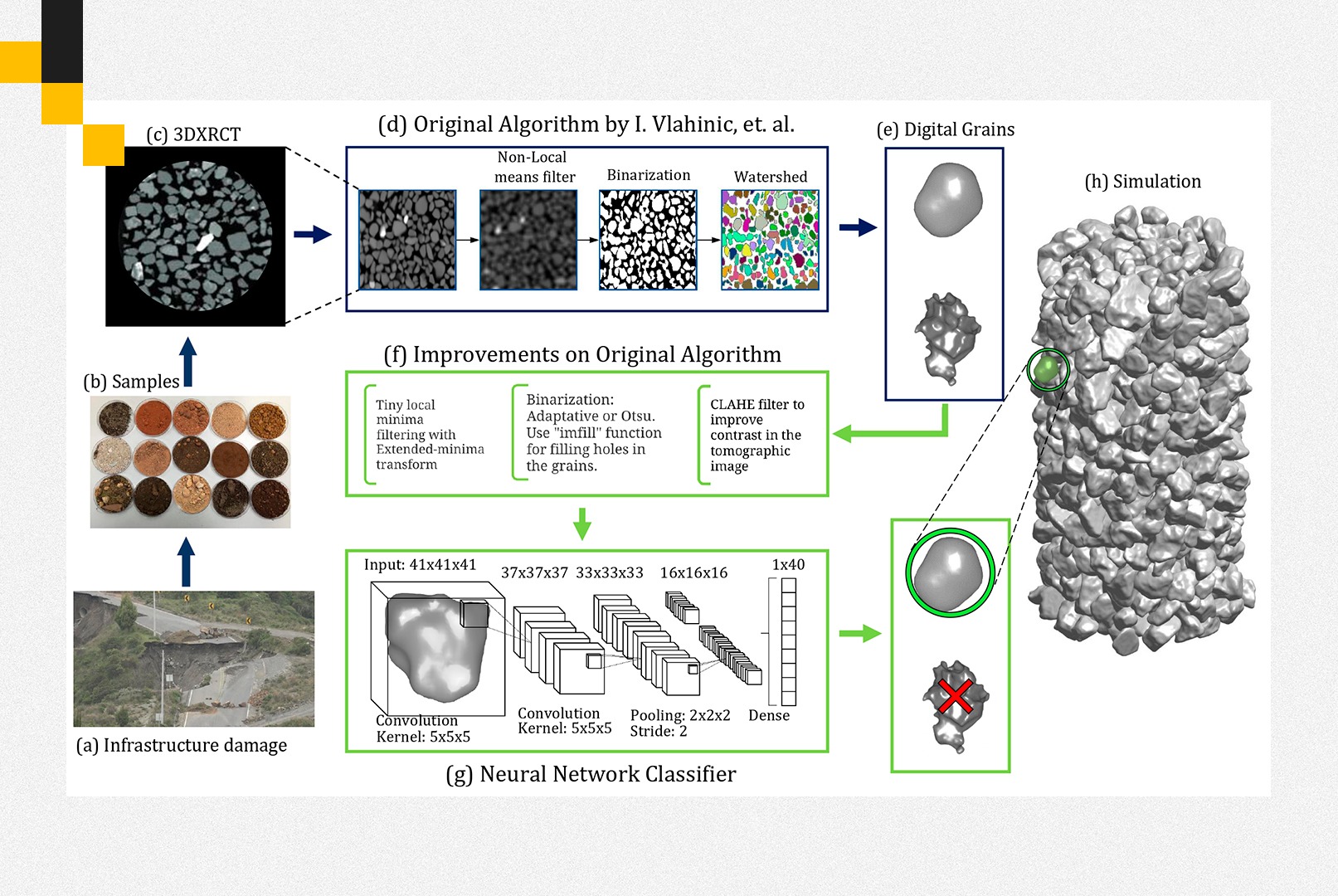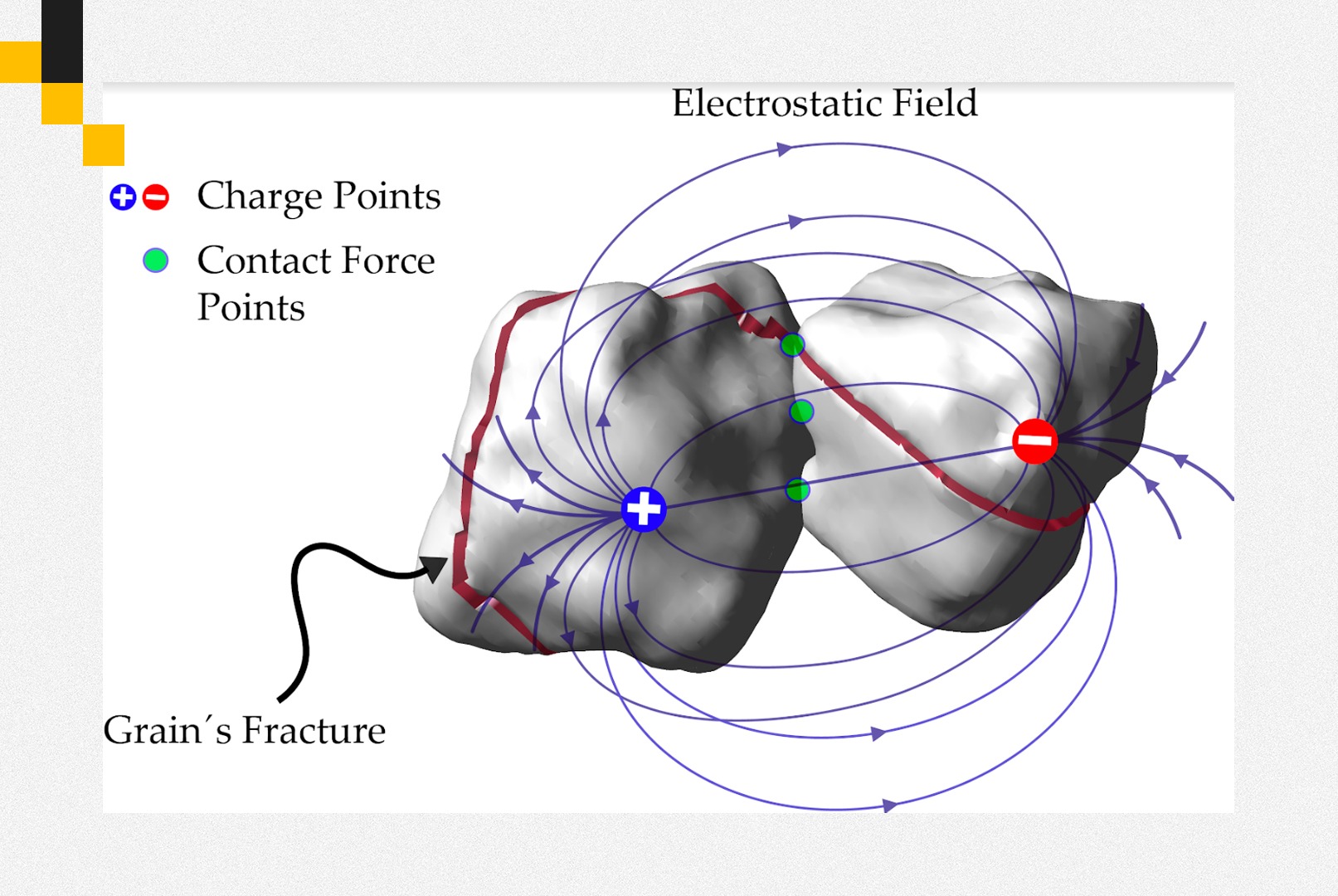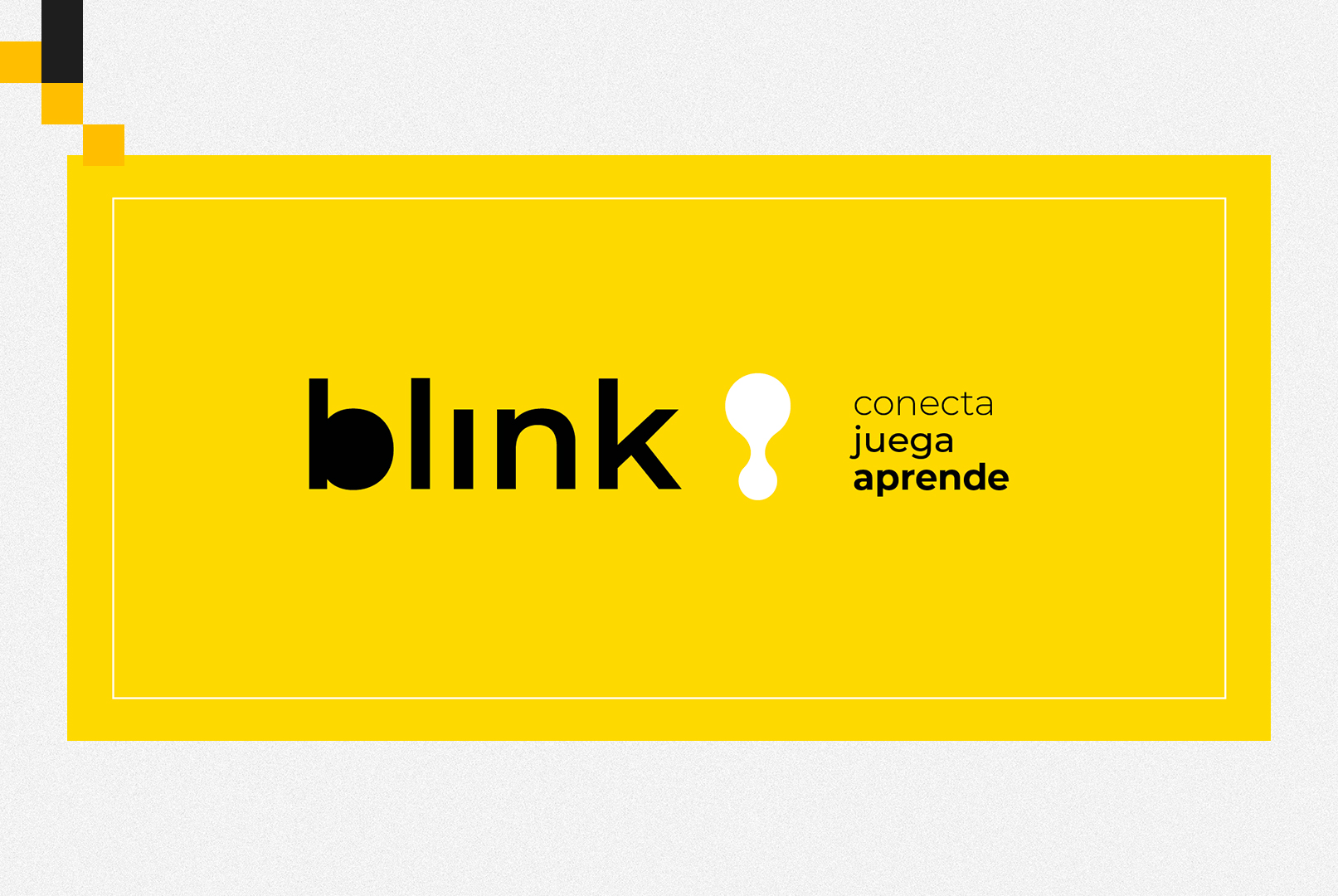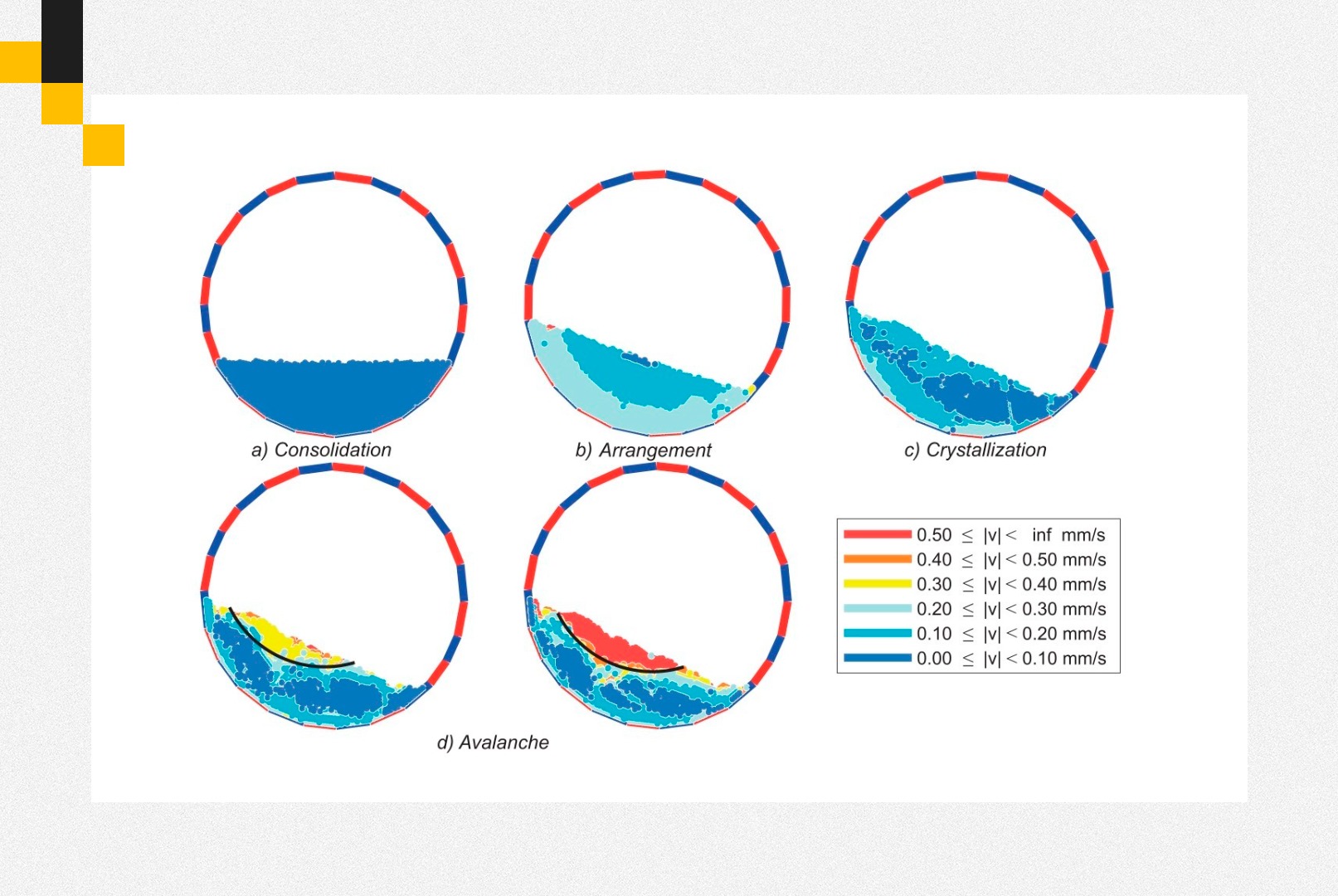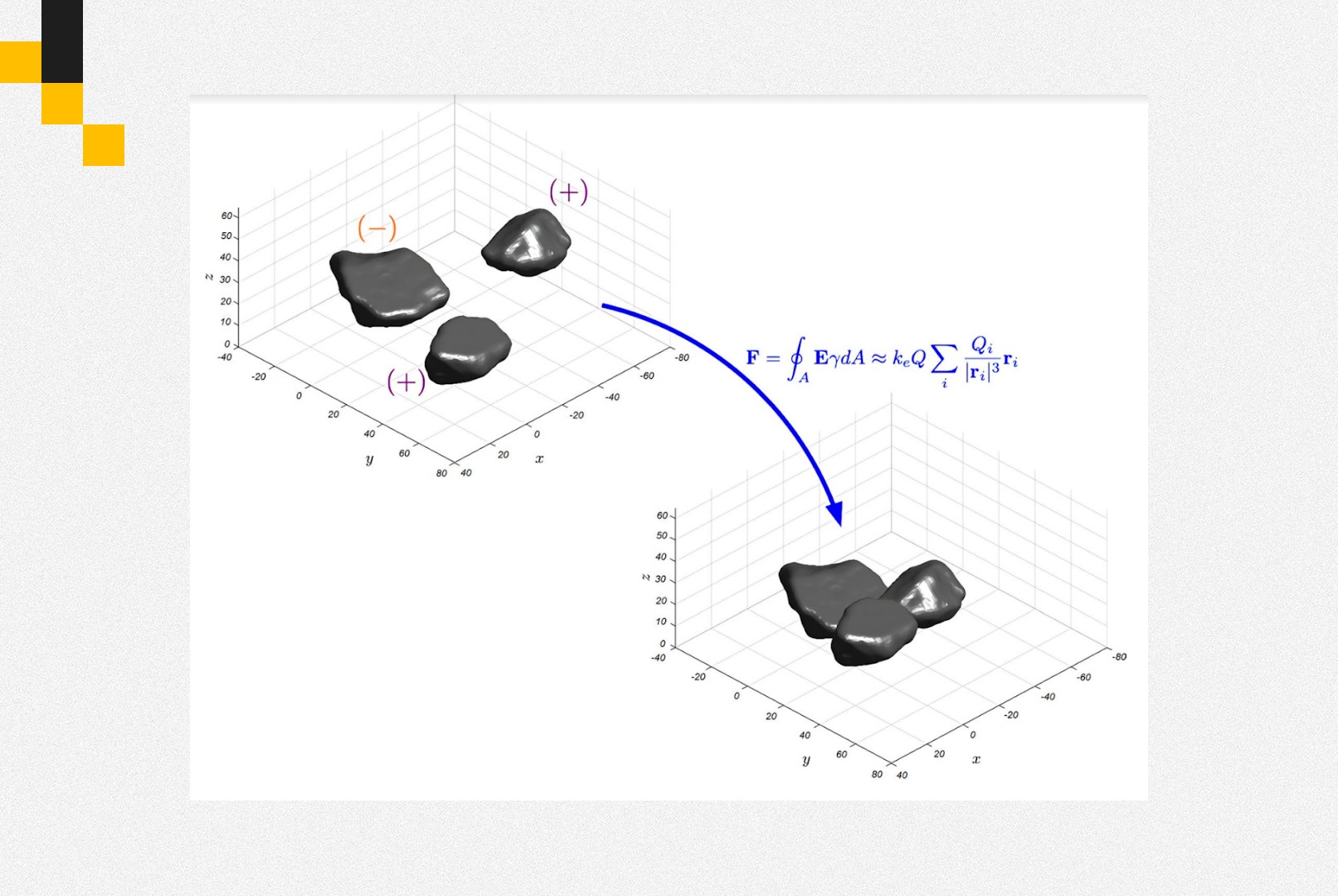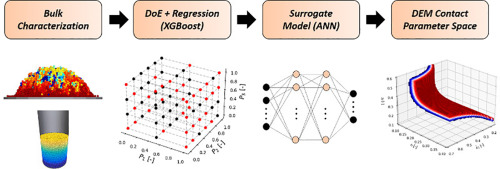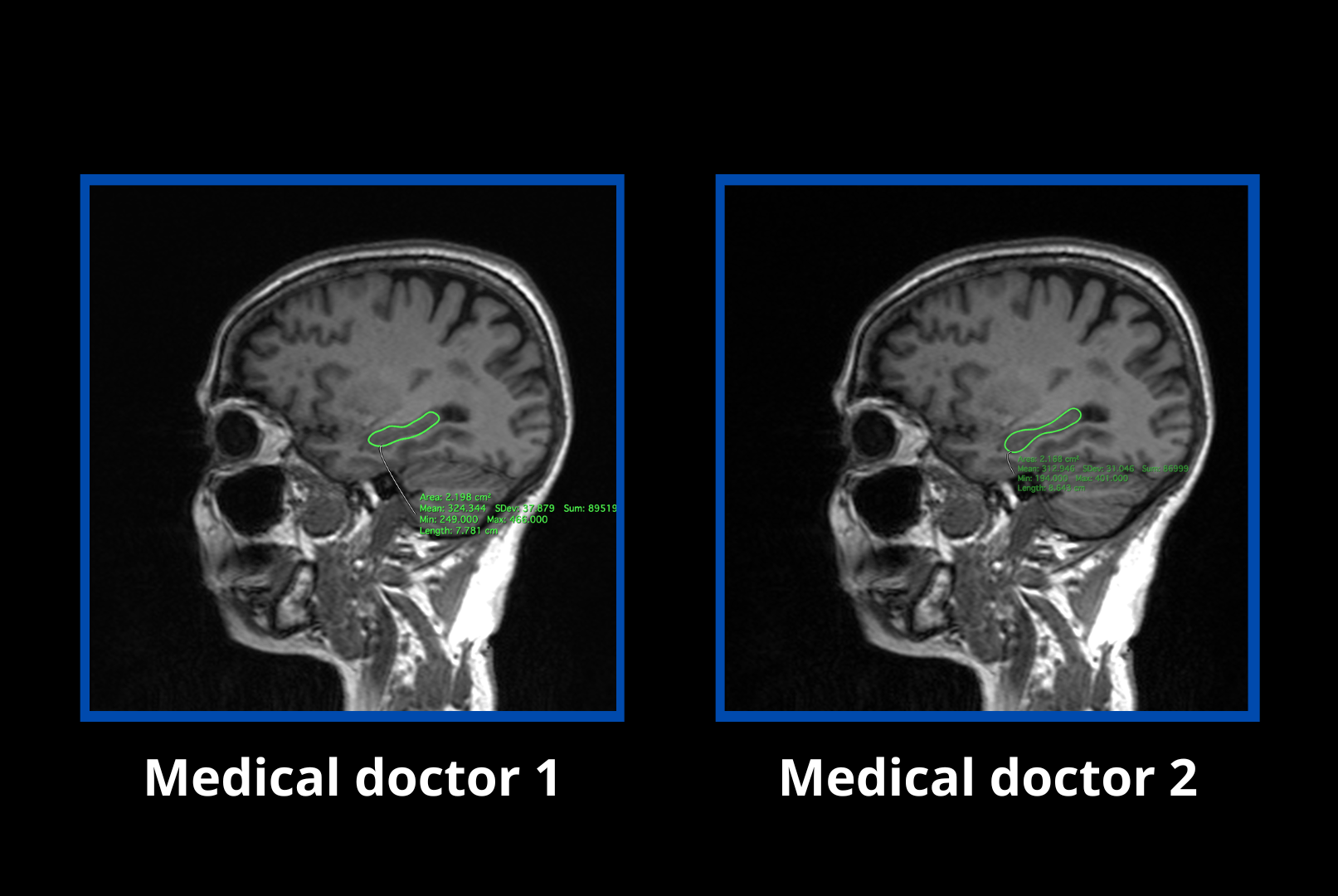
Project description
The objective of our project is to make medical examinations of the brain, specifically of the hippocampal area, affordable, to prevent through early diagnosis and treat neurological, psychological and psychiatric diseases, including various types of dementia such as Alzheimer’s, which corresponds to at least one million Ecuadorians and 36 million persons in Latin America, many of them are our loved ones.
In addition, the success of this project will help increase the accuracy and speed of medical diagnoses by studying this part of the brain with powerful computing tools. In addition, the understanding of this part of the brain in the Latin American and Ecuadorian population can be improved, since studies of these diseases have been exclusively done in people from developed countries, who have different environmental and physiological factors such as diet, weight and height in comparison to countries in development.
What is the hippocampus?
The term Hippocampus was coined by Giulio Cesare Aranzio in the 16th century, a leading figure in the history of the science of human anatomy. With this term Aranzio wanted to refer to the similarity between this structure of the brain and the silhouette or shape of a seahorse. In humans, the hippocampal system is associated with so-called episodic memory, spatial memory, the formation of new memories, and the link between emotions and memories.
Therefore, the measurement of its volume represents a biomarker for the evaluation of various cognitive and behavioral conditions such as dementia due to probable Alzheimer’s disease and temporal lobe epilepsy. Manual segmentation of the hippocampus by trained individuals is currently the gold standard for its accuracy and validity. The existence of various manual segmentation protocols generates heterogeneity in anatomical definitions and tracing guides. This is why an international effort is currently being made towards the standardization of protocols for performing hippocampal volumetry, with the aim of eliminating or reducing variations between measurement methods.
What is our goal?
One of our objectives is to develop an artificial intelligence tool that is useful for the general radiologist when it comes to properly performing a hippocampal volumetry.
It starts with:
(1) Medical part, with the collection of images of the brain through magnetic resonance imaging
(2) Automatic tracing of the hippocampus using a trained neural network with images manually traced by specialists
(3) Image processing that encompasses artificial intelligence and machine learning techniques applied to medical images for the volumetric calculation of the hippocampus, as well as other relevant morphological parameters.
In addition, it is intended to generate a first database in Ecuador with the magnetic resonance images collected, as well as the information obtained with the procedure described above, opening the possibility of generating agreements with medical institutes interested in hippocampal research.
Is this procedure performed in the country?
Financing:
This project has $67,000 in funding from our sponsors:
Paper:
Morphological characterization of the hippocampus: a first database in Ecuador.
Under review in:
Alzheimer’s & Dementia: The Journal of the Alzheimer’s Association.
Database:
All of the brain MRI of Ecuadorian patients, raw and manually traced, used for this project are available in our database. You can access them here: http://www.healthml.center/en/
